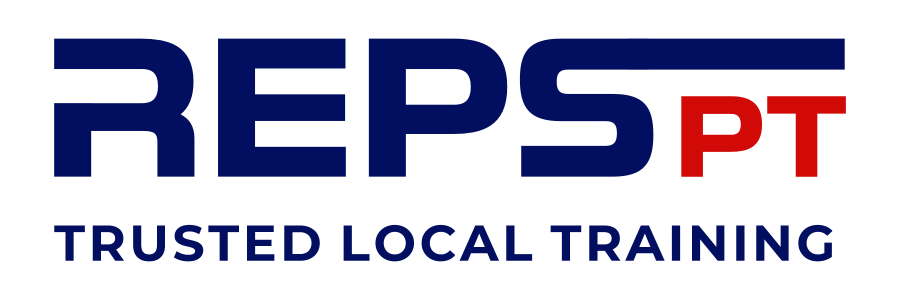Benefits and Form of Dumbbell Reverse Deficit Lunges
Dumbbell reverse deficit lunges are an excellent addition to any strength training routine, targeting multiple muscle groups while also improving balance and stability. Here are some key benefits and proper form to maximize effectiveness:
Benefits
- Enhanced Muscle Engagement: The reverse lunge primarily targets the glutes, hamstrings, and quadriceps while also engaging the core for stability.
- Improved Balance and Coordination: Performing lunges requires concentration and balance, which can enhance your overall coordination skills.
- Reduced Joint Stress: Compared to traditional lunges, reverse lunges place less stress on the knees, making them suitable for individuals with knee discomfort.
- Greater Range of Motion: The deficit aspect increases the range of motion, allowing for deeper squats and lunges, which can promote greater muscle growth over time.
- Functional Strength: This movement mimics real-life activities, making it beneficial for daily functional strength and athletic performance.
Proper Form
To perform dumbbell reverse deficit lunges effectively, follow these steps:
- Setup: Stand on a raised platform or step, holding a dumbbell in each hand, with your feet hip-width apart.
- Step Back: Take a step back with one foot into a lunge position, ensuring your front knee stays over your ankle.
- Lower Your Body: Lower your back knee toward the ground while keeping your torso upright and core engaged. Aim for your back knee to nearly touch the floor.
- Return to Start: Press through your front heel to return to the starting position. Alternate legs after each repetition.
Incorporating dumbbell reverse deficit lunges into your workout routine can lead to significant strength gains and improvements in lower body functionality. Remember to start with a light weight to master the form before progressing to heavier dumbbells.

